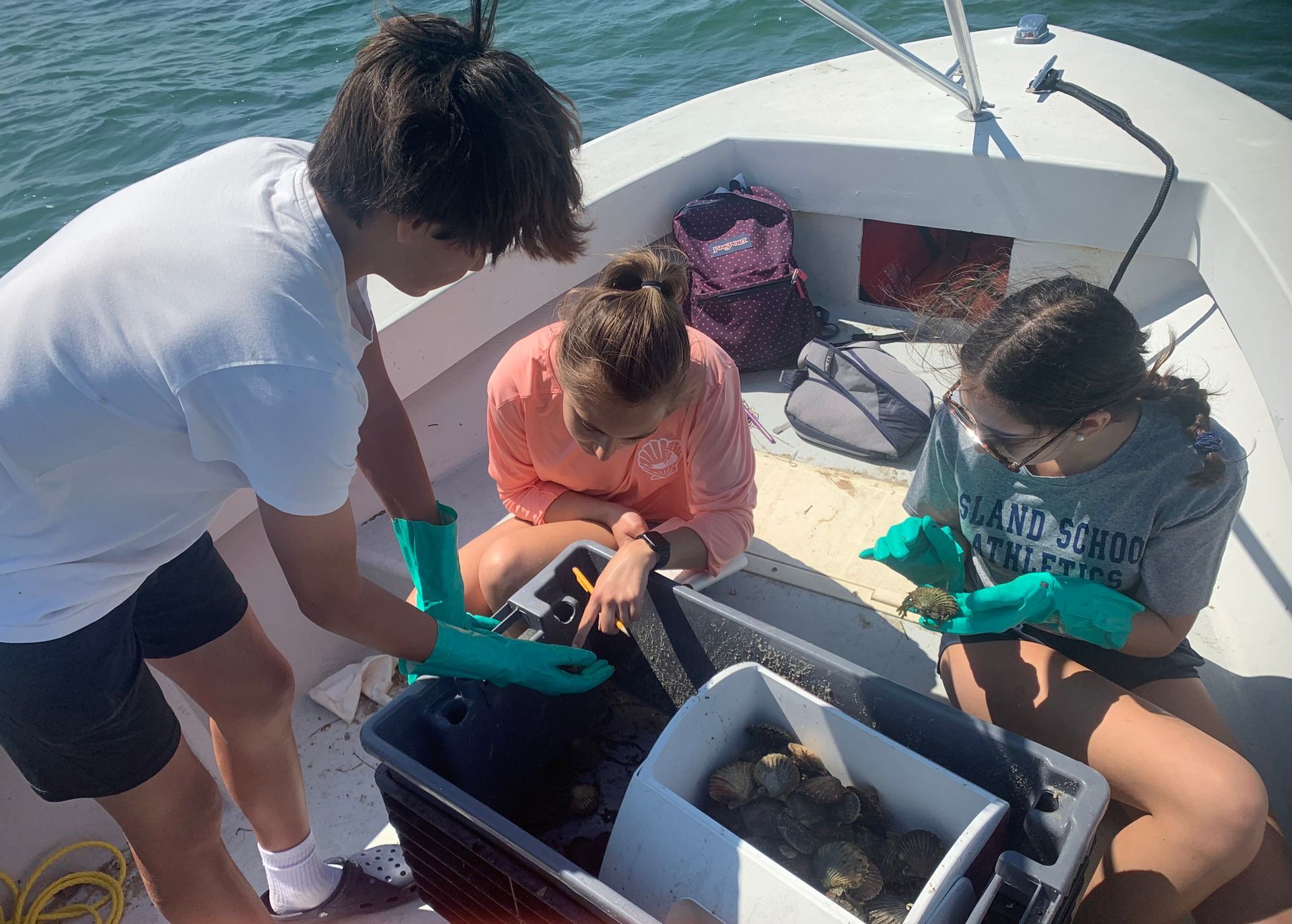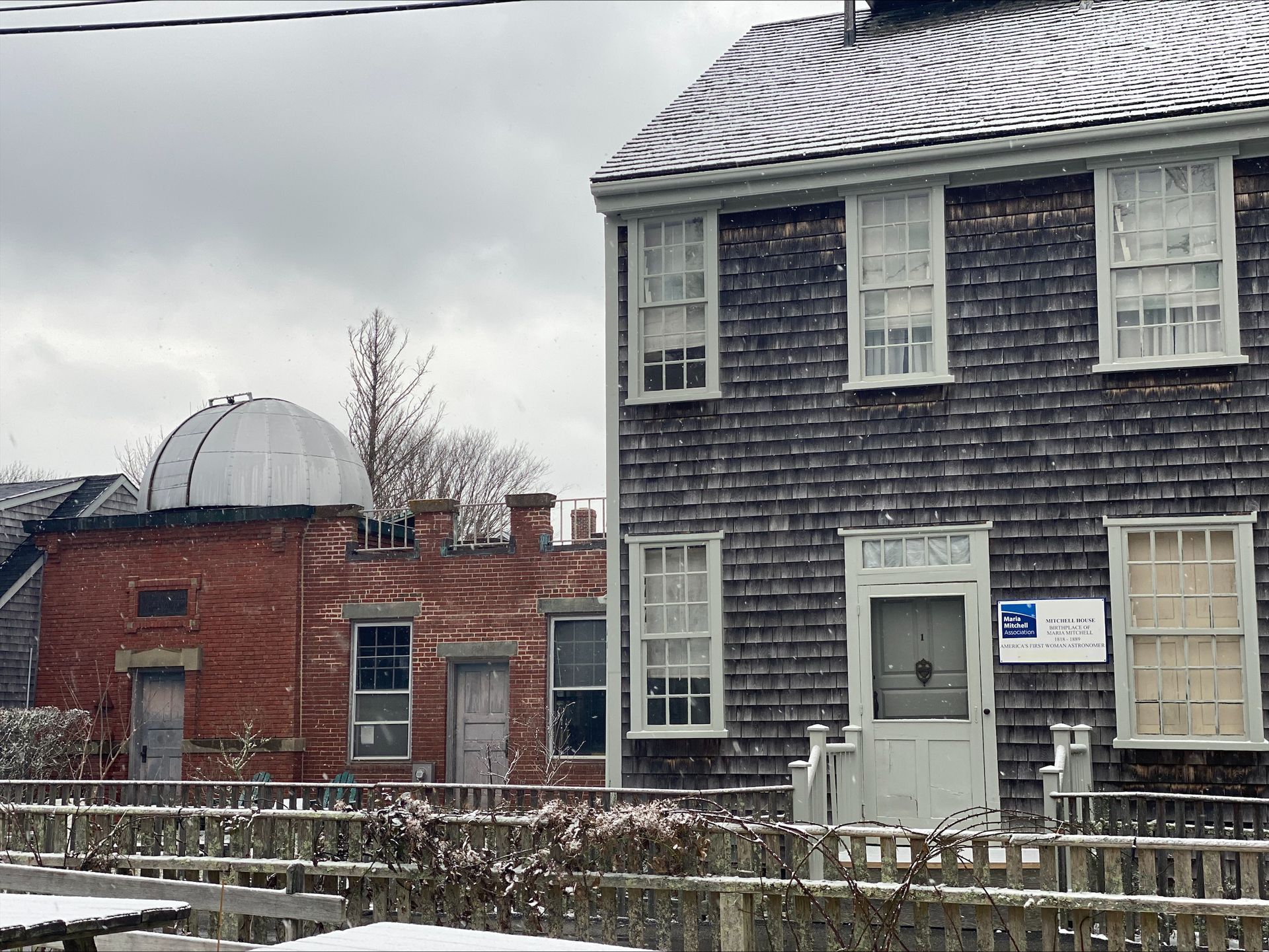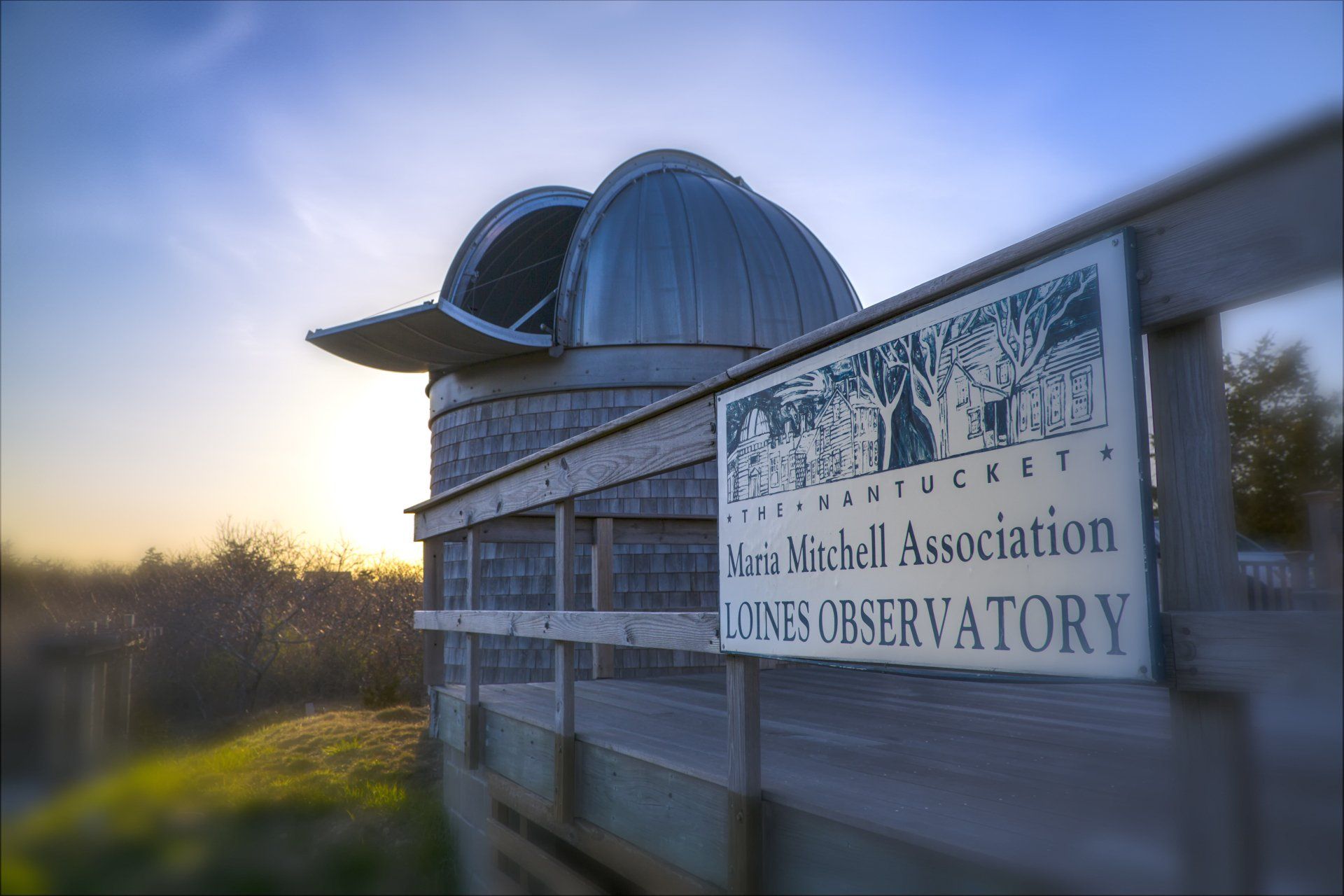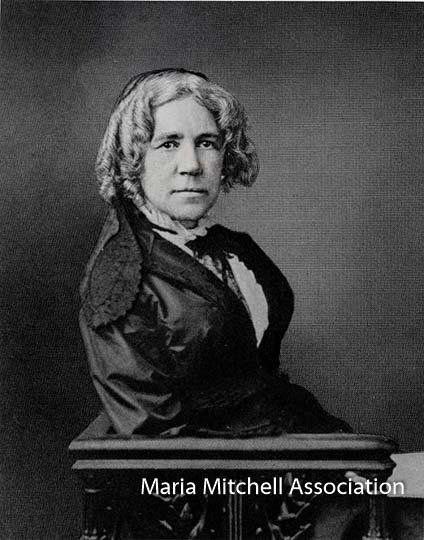Maria Mitchell In Her Own Words
1880, April. I went into what is called the Harvard Annex. Prof. Byerley was teaching a class of 3 persons, Miss Ranlet, Miss Longfellow and Miss Harrison . . . . The poet’s daughter was not a mathematician. Prof. Byerley was teaching “Conics.” He was Lecturing. He put {a} simple equation up on the board.
Why should Byerley or anyone lecture that which is in a book? All this was to be found in the book. . . . I noticed that Miss Harrison did them readily . . . . But if the Harvard Professors give only such instruction as this, young women could unite in classes and be taught by Miss Harrison just as well as by Byerley. We turn out from our Women’s Colleges every year some 50 young women who could do as well as this.
Maria had now been teaching at Vassar College for about fifteen years. Harvard – and other male universities and colleges – would slowly allow women to audit or sit-in on some classes they deemed “appropriate.” In some cases, women might be able to take classes with a male professor in such a separated way – though not necessarily receive a degree. In other cases, such as with Harvard, there was a “sister” school and for Harvard that was Radcliffe which was originally called the Harvard Annex which Maria notes above. While the female and male students were taught separately, they all had Harvard professors. A great book for a better understanding of the start for women’s colleges is Alma Mater by Helen Lefkowitz Horowitz. I enjoyed it (it’s fun and easy to read and not just because I’m a women’s college graduate or that this is one of my areas of interest) and relied upon it for my research. She dives into the design of the colleges, including siting them on a hill (to keep those impressionable young girls from the villagers) and running the school by a system of bells (to keep them in line!) and many other interesting facets of early women’s colleges – life, education, architecture, social.
But in any case, Maria is pointing out the obvious. 1. That the professor is teaching out of a book – something Maria had always railed against and that one of the better students could do as well so what’s the difference they could probably do it better and 2. Women’s college students are just as well prepared to teach, especially if in this manner, as the professor. Also, the idea of a student teaching others is a Lancasterian principle that Maria was well aware of. It was common in schools in the nineteenth century and earlier.
JNLF
Recent Posts





